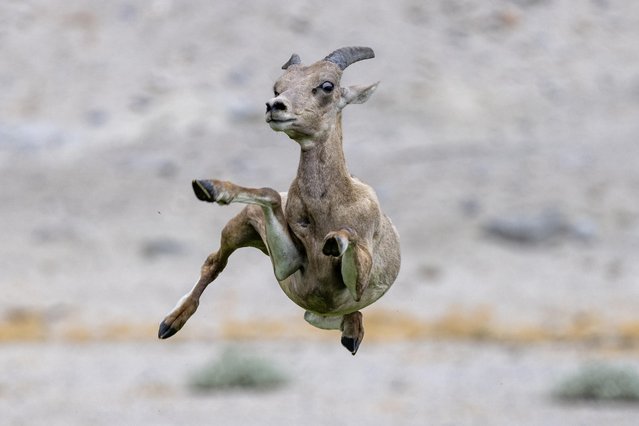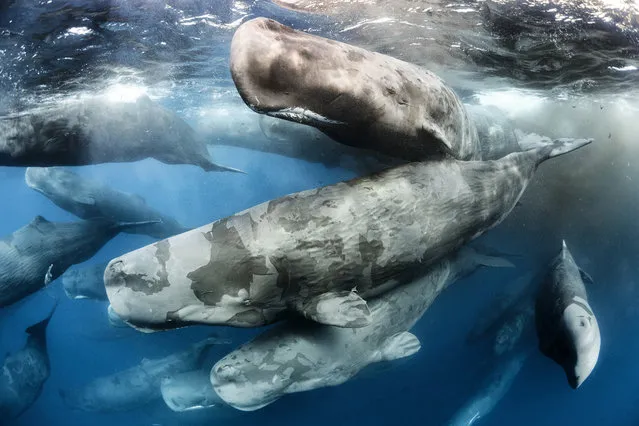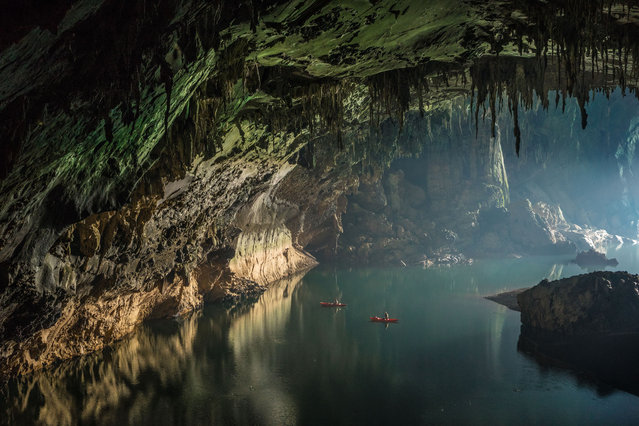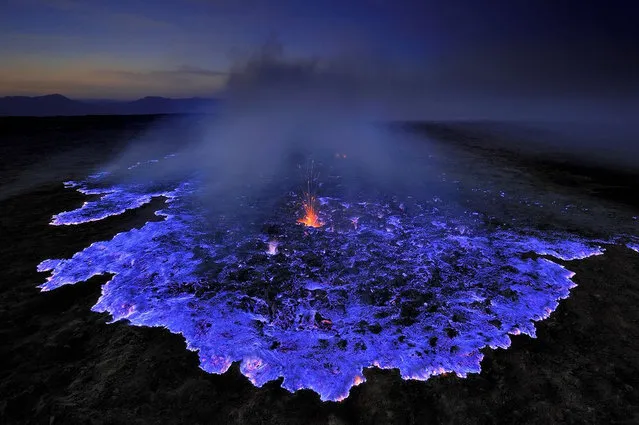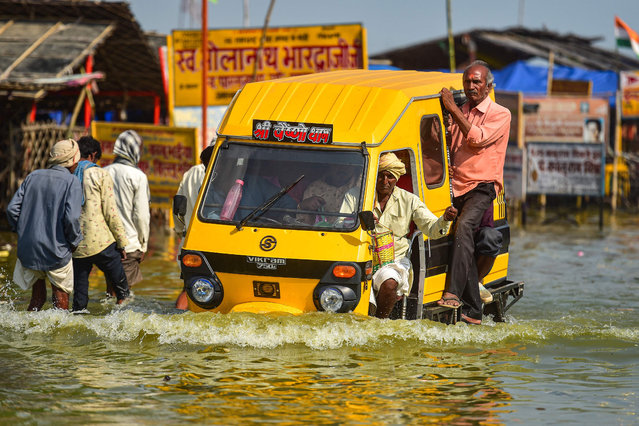
People wade through a flooded path near Sangam, the confluence of the Ganges, Yamuna and mythical Saraswati rivers after the water level of river Ganges and river Yamuna rose, in Allahabad on October 14, 2022. (Photo by Sanjay Kanojia/AFP Photo)
19 Oct 2022 04:34:00,post received
0 comments


